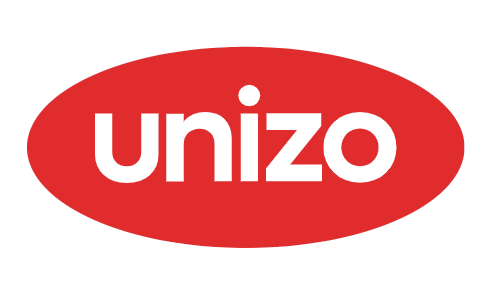Whether you're importing goods into the European Union or exporting them to third countries, you'll need to classify your goods in both cases, in order to know how they will be handled by customs. Here are a few explanations to help you understand the situation.
What is tariff classification of goods?
The tariff classification of goods classifies goods entering or leaving the European Union into different categories. Each category of goods is assigned a code of up to 10 digits, a nomenclature. The first 6 digits are harmonised at international level. They are known and used by over 200 countries and cover more than 98% of world trade. The last 4 digits are used at European level.
Here are the current different levels of nomenclature:
The tariff heading
This is the first 4 digits of the code. They are determined by the World Customs Organization (WCO). The next 6 digits are referred to as "subheadings".
Tariff heading in the Harmonised System (or HS code)
The tariff heading and the 2 digits that follow constitute the nomenclature of the Harmonised System. This system, developed by the World Customs Organization, enables a single 6-digit code to be used worldwide to designate the same goods. It facilitates trade and customs procedures, allows countries to exchange commercial data, and helps reduce transaction costs.
Combined nomenclature (CN)
After the 6 digits of the Harmonised System nomenclature, there are an additional 2 digits to form the Combined Nomenclature. This 8-digit code is used at European level to determine the customs duties payable on all goods entering the European Union. It is also used to compile statistics for trade within the EU.
TARIC
The TARIC (Integrated Tariff of the European Union) is made up of the 8 digits of the Combined Nomenclature plus 2 additional digits.
It provides a database of all measures relating to customs legislation within the EU: tariff measures, commercial policy measures and agricultural measures. Once coded, these measures can be applied uniformly by all Member States to all imports of goods into Europe and all exports of goods from the EU.
What is the purpose of this tariff classification?
Classifying your goods is essential to declare them to the customs authorities, both for import and export. The TARIC nomenclature must appear on your Single Administrative Document (SAD).
It is also imperative to indicate the HS code of your goods on the commercial invoice of your shipments.
In addition to these administrative reasons, tariff classification also allows you to determine:
- The rate of customs duty that applies to your product
- Whether or not the product is subject to excise duty
- If any prohibitions or restrictions to import or export apply
- Commercial policy measures (e.g. anti-dumping duties)
- Agricultural policy measures
- Sanitary regulations
- Security regulations
- etc.
How do you determine the nomenclature of a product for export?
Belgian customs have made the TARBEL web application available to companies, which allows you to browse the nomenclature and find your 10-digit goods code. You'll also find the corresponding customs tariffs and any applicable measures.
You can also check measures and restrictions on the EU's TARIC database.
The ROSA tool, created by the European Commission, is an additional means of viewing the applicable customs tariff.
Here are a few other useful links to help you classify your goods:
- General information and Combined Nomenclature on the European Commission website
- Explanatory notes in the Official Journal of the European Union
- General rules for the interpretation of the Harmonised System published online by the World Customs Organization
What should I do if I'm not sure of the nomenclature of my goods?
The tariff classification of goods comprises more than 15,500 headings! So it's perfectly normal for you to have doubts about which code to apply.
In this case, it is possible to request Binding Tariff Information (BTI) from the customs authorities, i.e. an advance decision on the tariff classification of specific goods. It is also possible to check the BTI obtained by another company for a product similar to yours on the EU database. Please note that BTIs are only valid for the companies that have requested them. However, this gives a good indication of the code to be applied for other companies importing or exporting identical or similar products.
For more information on obtaining a BTI, please consult the European Commission's Guide and the Federal Public Service Finance website.
Do you need any further information? If so, please contact FPS Finance:
Customs and Excise Administration
Federal Public Service Finance
email: info.douane@minfin.fed.be
Who can help me ?



